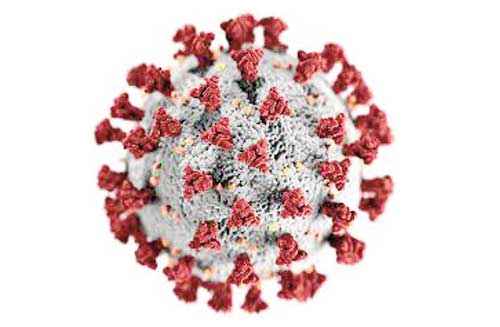Opinion
The third wave: Has the horse bolted?

Sri Lankans are well known to have a short memory. Since March 2020 the country had to face two waves of Covid-19 epidemics and the second one was more devastating than the previous one. In the first wave all were interested in preventing it further spreading, and despite three small spikes in April, May and July, we managed with just around 3400 patients and 13 deaths until the end of September 2020. Then the so called Brandix-Minuwangoda outbreak occurred in the first week of October. Unfortunately, although local measures were adequate with lockdowns and movement restrictions, hospitalizations, PCR testing, contact tracing, etc., we missed the bigger picture. In fact, some health officials had a brazen disregard to sentiments expressed by local politicians who envisaged that the outbreak could spread to Colombo by declaring that it would never come to Colombo. In the history of epidemics, it is well known that travellers carried the disease even across continents.
What should have been done, at that time was to press the panic button in Colombo to alert the public and private institutions so that they would not allow anyone to come to work not only from Minuwangoda but from the whole Gampaha district. That did not happen and then the disease moved to Peliyagoda and then to the opposite shore of the River Kelani i.e., Colombo North. There too the authorities were too late to identify the magnitude of the disaster until the total number of patients reached 1000 in Colombo. So why is Colombo important. For all the communicable diseases Colombo can be a centre through which the disease could spread to other parts of the country through passengers to the outskirts. If measures were taken to mitigate the damage from the beginning when it was in Minuwangoda we would not have ended up with 98000 patients as of now and nearly a hundred of patients mostly from poorer quarters in the city would not have to die from the disease inside their homes without any medical help. However, the numbers came down gradually as any epidemic goes away with time and all were happy: Masks were forgotten, social distancing a thing of the past, handwashing-well the basins were there but no one was using. It is not the PCR testing or the vaccinations that can stop a third wave but proper mass communications, strict travel regulations from one area to another, masks, social distancing and handwashing, etc.
Just before the New Year in April there were reports of a new mutant variant circulating in the city. But who cared? Lack of experience in handling epidemics was shown in no uncertain terms again. What the authorities should have done was to put an immediate ban on festivities, travelling to other areas, social gatherings etc. Leading clothing stores in the city, had people pushing each other to get in with no crowd control. Where were the PHIs? Outside the city for example Pamunuwa, Nuwara-Eliya has mass influx of people from various areas either for shopping or holidaying and precautions were hardly taken. This was the time when in the UK, the lockdowns continued as it is a known fact when spring starts more people are susceptible to viruses. Now weeks into April,in this country we find that the numbers of Covid-19 patients are on the increase, the ICUs are full, the younger ones are admitted more than the over 50s, the latter because it is these people who were more mobile during the past two-three weeks.
Is this the beginning of the third wave? May be as the Sri Jayewardenepura University says the variant is different from the previous ones and is the same UK variant B 1.1.7. which has a greater transmissibility of 40-80% than with the previously identified variants and with a bigger death-rate. It has been in this country since February this year and detected from various parts in the country. How did that happen? With the numbers of patients increasing and the symptoms more severe, the question is whether this the beginning of the third wave. If this is the case then the horse has bolted and maybe it is too late to close the stables. Time will give us the answer.
Dr. Pradeep Kariyawasam
Former Chief Medical Officer of Health/CMC